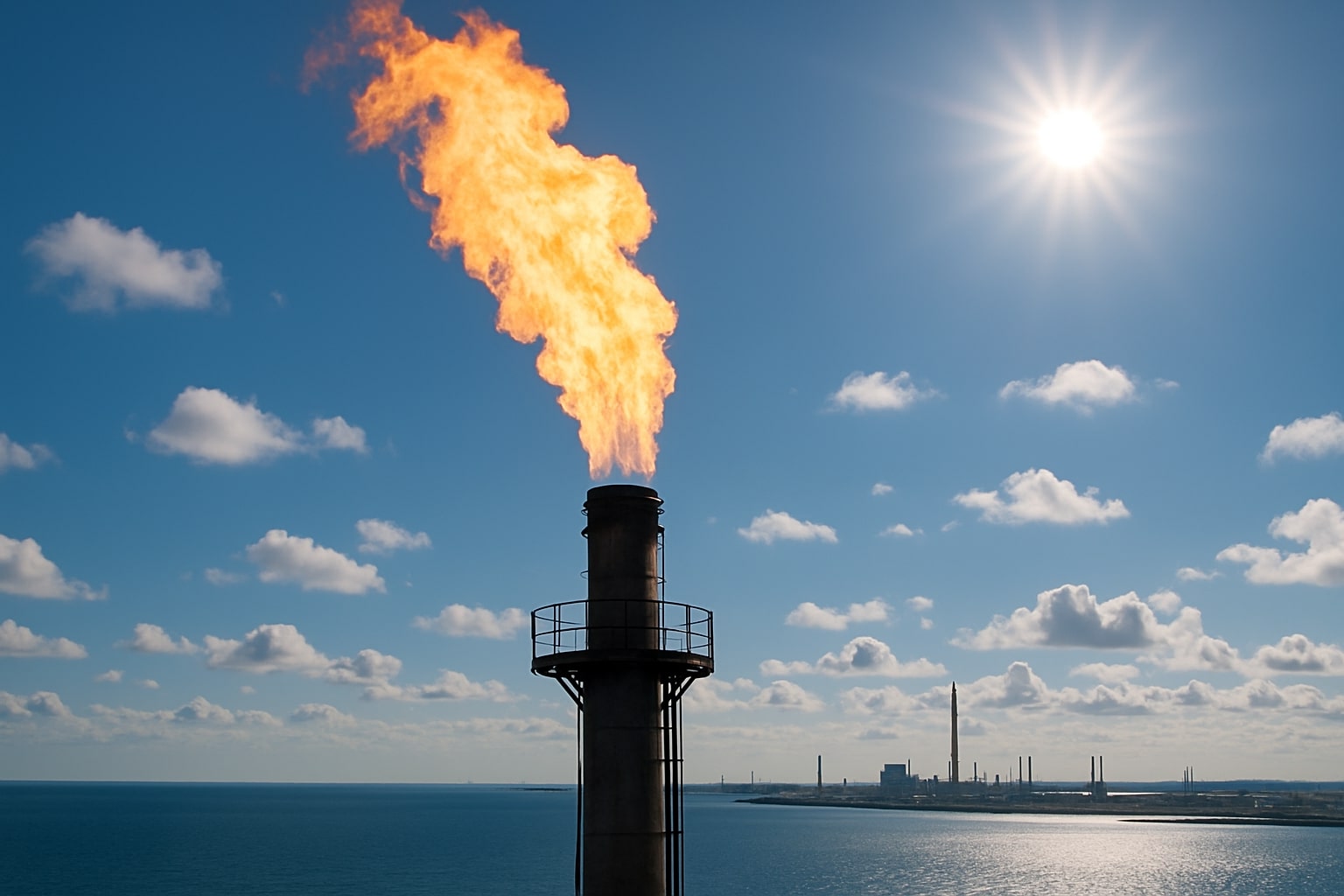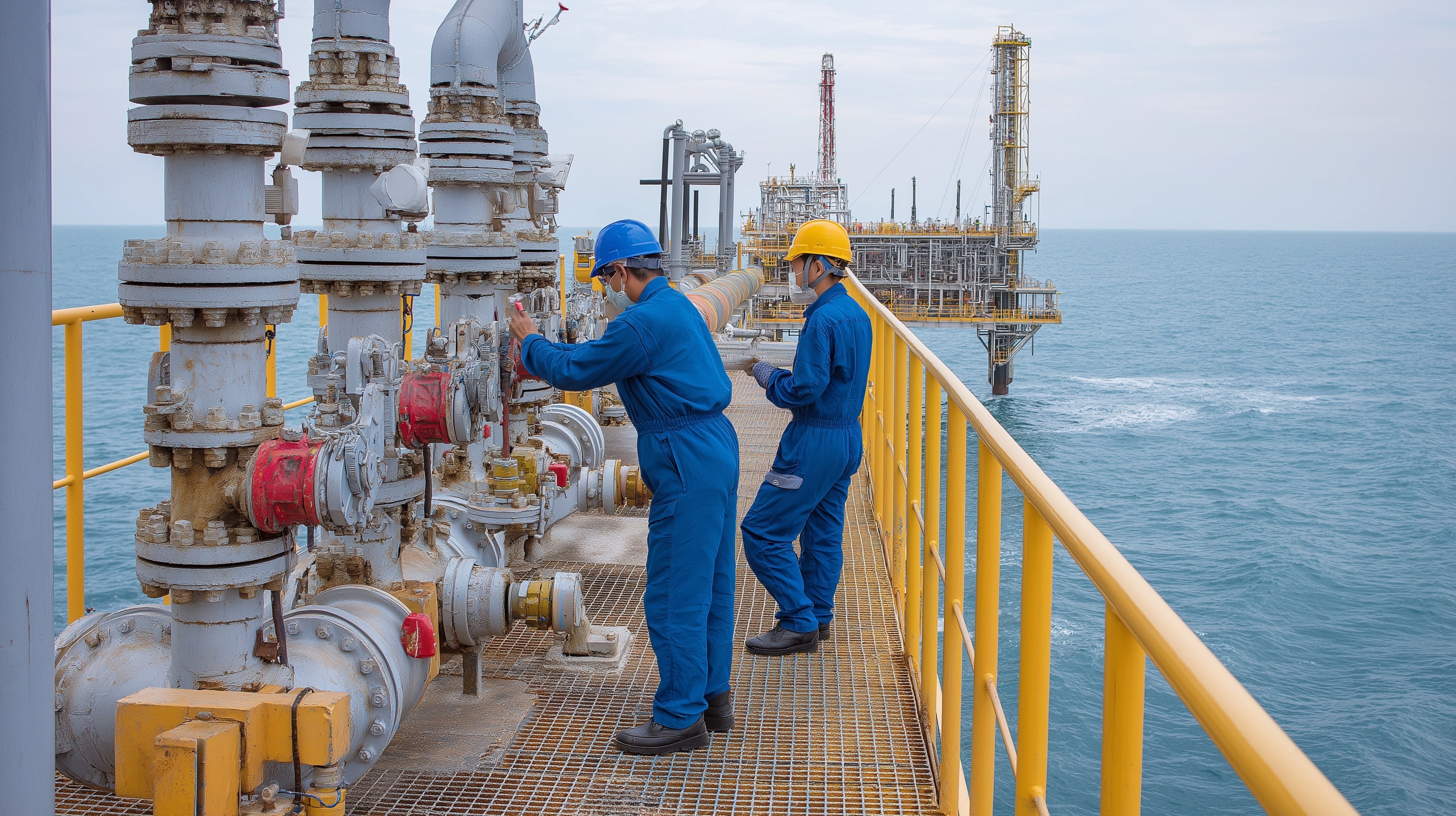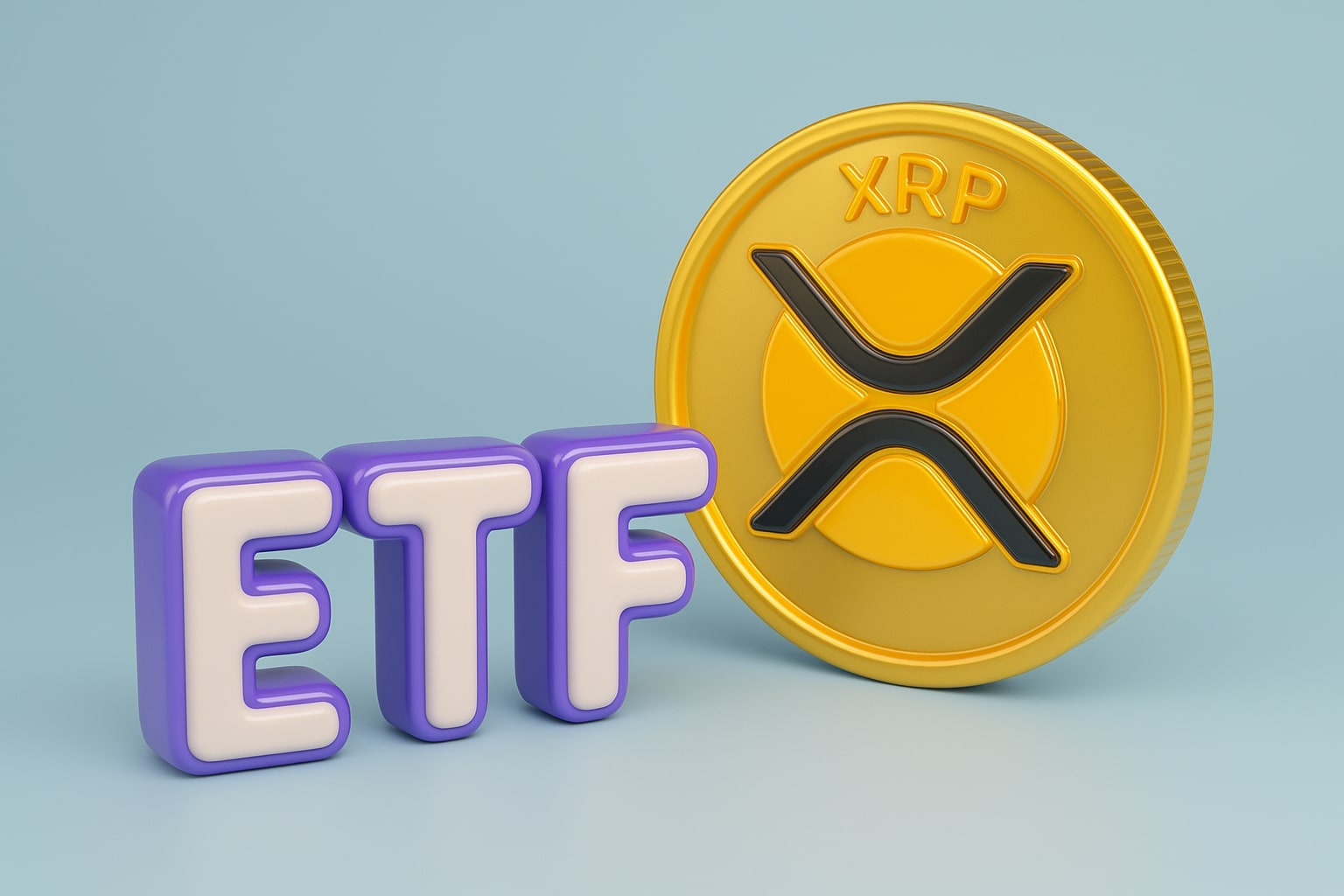
Natural Gas Price Forecast - (NG=F) Slips to $2.89 as 90 Bcf Injection Expands Surplus, Bears Eye $2.70
With inventories at 3,433 Bcf and oversupply widening 204 Bcf above average, NG=F faces bearish momentum. RSI at 38 and MACD in red keep downside open, while only a break above $3.01 could spark recovery toward $3.20 | That's TradingNEWS
Natural Gas Futures (NG=F) Under Pressure as Storage Surplus Expands
Natural gas futures are once again trading soft, with the October contract settling Friday at $2.888/MMBtu, down nearly 1.8% on the week. The U.S. Energy Information Administration reported a +90 Bcf storage injection for the week ending September 12, well above both the consensus of +78 Bcf and the five-year average of +74 Bcf. Total inventories now stand at 3,433 Bcf, which is 204 Bcf, or 6.3%, above the five-year seasonal norm, leaving the market oversupplied even as year-on-year comparisons show only a marginal 0.1% shortfall.
Oversupply and Production Trends Keep NG=F Below $3
Supply-side dynamics remain a key drag on NG=F pricing. Lower-48 dry gas output reached 107.6 Bcf/d, up 6.1% year-over-year, while Canadian imports are stable. LNG exports of 15.3 Bcf/d remain firm but insufficient to absorb the excess supply, particularly as domestic consumption has weakened. U.S. consumption fell to 98.5 Bcf/d last week from 99.6 Bcf, with residential and commercial demand sliding as September temperatures turned mild. The only bright spot has been the power sector, where gas-for-power demand has held up, but cooling needs are now waning as forecasts point to cooler temperatures across major demand centers beginning September 24.
Technical Analysis: NG=F Struggles to Hold Key Support
Price action shows natural gas futures consolidating within a narrow retracement zone. Support at $2.887 has been tested multiple times in early trade, with failure to hold likely exposing a deeper decline toward $2.70–$2.65/MMBtu, where a longer-term trend line dating back to February 2024 resides. To the upside, bulls need to retake the $2.947–$3.01 cluster, which includes the 50-day EMA at $3.00. Above this, resistance lies at $3.20, a level that has consistently capped rallies this month. Momentum indicators remain weak: RSI sits at 38, showing bearish control, while MACD remains in negative territory, highlighting the lack of conviction for a reversal.
Seasonal Factors and Contract Roll Shape Near-Term Outlook
The transition from October to November contracts adds another element to price action. November futures tend to reflect higher demand expectations as winter approaches, yet current weather forecasts are not providing the spark bulls need. Late-season warmth is fading, but cooler conditions are arriving too slowly to offset the pressure of storage builds. With injection season still in play and stockpiles running above norms, traders remain cautious. Some market participants expect prices could dip toward $2.70 before finding stronger buying interest aligned with heating demand.
Read More
-
PFFA ETF Nears $21.50 as Rate Cuts and 9.49% Yield Spark Renewed Demand
29.11.2025 · TradingNEWS ArchiveStocks
-
XRPI and XRPR ETFs Ignite Ripple’s Institutional Rally as Inflows Near $1B and XRP Holds $2.20
29.11.2025 · TradingNEWS ArchiveCrypto
-
Natural Gas Price Forecast - NG=F Blasts to $4.85 as Demand Surge Fuel Multi-Month Breakout
29.11.2025 · TradingNEWS ArchiveCommodities
-
USD/JPY Price Forecast - Yen to Dollar Slides to 156.10 as Yen Strengthens on Fed Cut Expectations
29.11.2025 · TradingNEWS ArchiveForex
Global LNG and Export Capacity Set to Influence 2026 Pricing
Longer-term fundamentals remain more constructive. The EIA projects U.S. Henry Hub prices will average $3.70/MMBtu in Q4 2025, climbing toward $4.30 in 2026. Growth in LNG capacity, with projects such as Corpus Christi Stage 3 and Plaquemines Phase 2 adding up to 6 Bcf/d by late 2026, is expected to absorb more domestic supply. U.S. LNG exports are forecast to rise from 12 Bcf/d in 2024 to 15 Bcf/d in 2025 and 16 Bcf/d in 2026, with Asian demand leading the growth. This dynamic should gradually rebalance the oversupply and keep natural gas prices firming into the medium term.
Market Verdict: Bearish Short Term, Bullish Mid Term
At present levels near $2.89, natural gas futures remain under bearish pressure as storage surpluses and mild weather cap any rally attempts. The short-term risk leans toward a test of $2.70–$2.65, while a break above $3.01 could enable a corrective move toward $3.20. Structurally, however, expanding LNG exports, resilient industrial demand, and the transition into winter favor firmer pricing into late 2025 and 2026. Based on current data, NG=F is a Hold in the short term with a Buy bias into 2026, as global demand growth and export capacity expansion offer a more supportive backdrop than current storage-heavy conditions suggest.



















